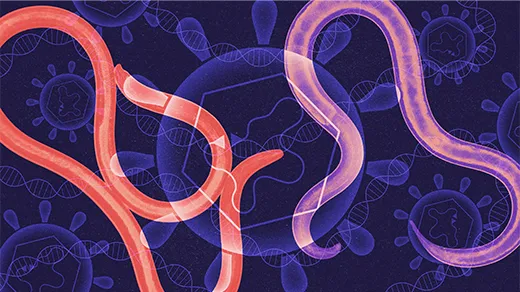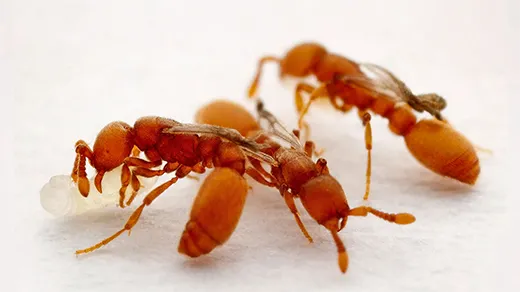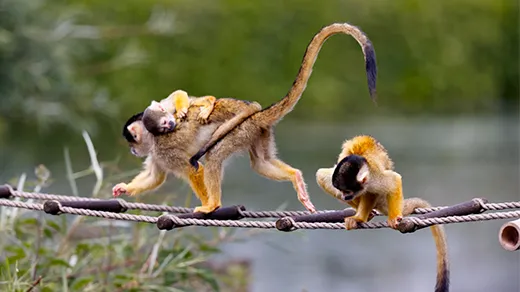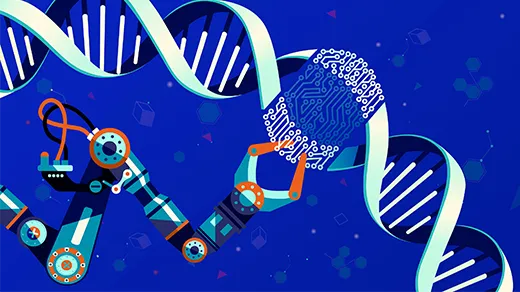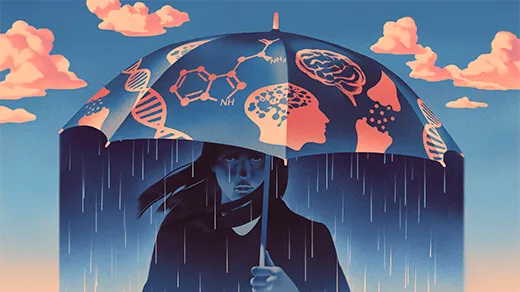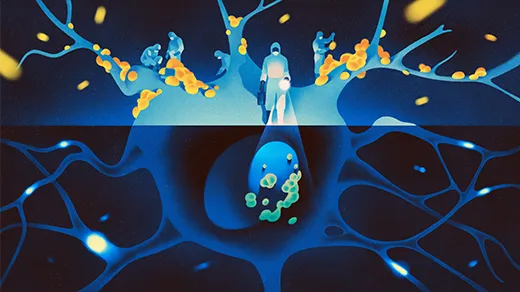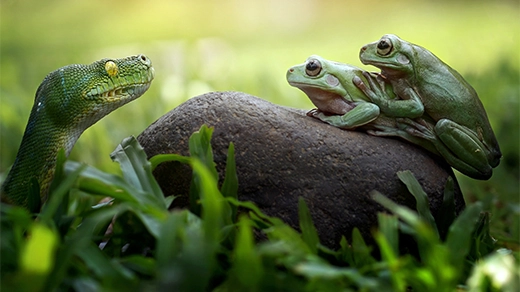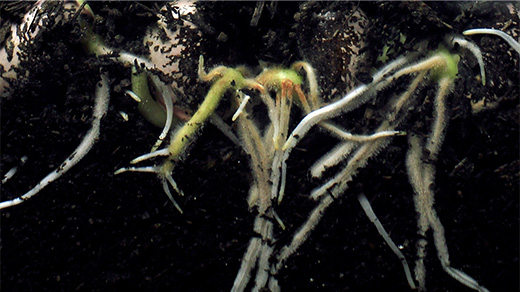What's up in
Genes
Latest Articles
Selfish, Virus-Like DNA Can Carry Genes Between Species
Genetic elements called Mavericks that have some viral features could be responsible for the large-scale smuggling of DNA between species.
A Mutation Turned Ants Into Parasites in One Generation
A new genetics study of ant “social parasites” shows how complex sets of features can emerge rapidly and potentially split species.
Animal Mutation Rates Reveal Traits That Speed Evolution
The first large-scale comparison of mutation rates gives insights into how quickly species can evolve.
How a DNA ‘Parasite’ May Have Fragmented Our Genes
A novel type of “jumping gene” may explain why the genomes of complex cells aren’t all equally stuffed with noncoding sequences.
Can We Program Our Cells?
By genetically instructing cells to perform tasks that they wouldn’t in nature, synthetic biologists can learn deep secrets about how life works. Steven Strogatz discusses the potential of this young field with researcher Michael Elowitz.
The Cause of Depression Is Probably Not What You Think
Depression has often been blamed on low levels of serotonin in the brain. That answer is insufficient, but alternatives are coming into view and changing our understanding of the disease.
What Causes Alzheimer’s? Scientists Are Rethinking the Answer.
After decades in the shadow of the reigning model for Alzheimer’s disease, alternative explanations are finally getting the attention they deserve.
How Genes Can Leap From Snakes to Frogs in Madagascar
The discovery of a hot spot for horizontal gene transfer draws attention to the possible roles of parasites and ecology in such changes.
Biologists Use Genetic Circuits to Program Plant Roots
Using inserted genetic circuitry, synthetic biologists controlled the growth of plant roots for the first time.
